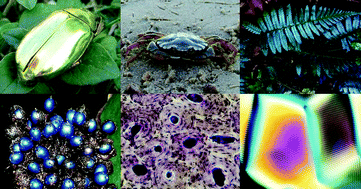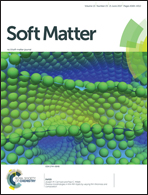Cholesteric liquid crystals in living matter
Abstract
Liquid crystals play an important role in biology because the combination of order and mobility is a basic requirement for self-organisation and structure formation in living systems. Cholesteric liquid crystals are omnipresent in living matter under both in vivo and in vitro conditions and address the major types of molecules essential to life. In the animal and plant kingdoms, the cholesteric structure is a recurring design, suggesting a convergent evolution to an optimised left-handed helix. Herein, we review the recent advances in the cholesteric organisation of DNA, chromatin, chitin, cellulose, collagen, viruses, silk and cholesterol ester deposition in atherosclerosis. Cholesteric structures can be found in bacteriophages, archaea, eukaryotes, bacterial nucleoids, chromosomes of unicellular algae, sperm nuclei of many vertebrates, cuticles of crustaceans and insects, bone, tendon, cornea, fish scales and scutes, cuttlebone and squid pens, plant cell walls, virus suspensions, silk produced by spiders and silkworms, and arterial wall lesions. This article specifically aims at describing the consequences of the cholesteric geometry in living matter, which are far from being fully defined and understood, and discusses various perspectives. The roles and functions of biological cholesteric liquid crystals include maximisation of packing efficiency, morphogenesis, mechanical stability, optical information, radiation protection and evolution pressure.



 Please wait while we load your content...
Please wait while we load your content...